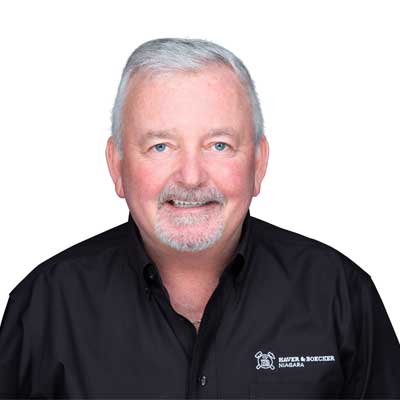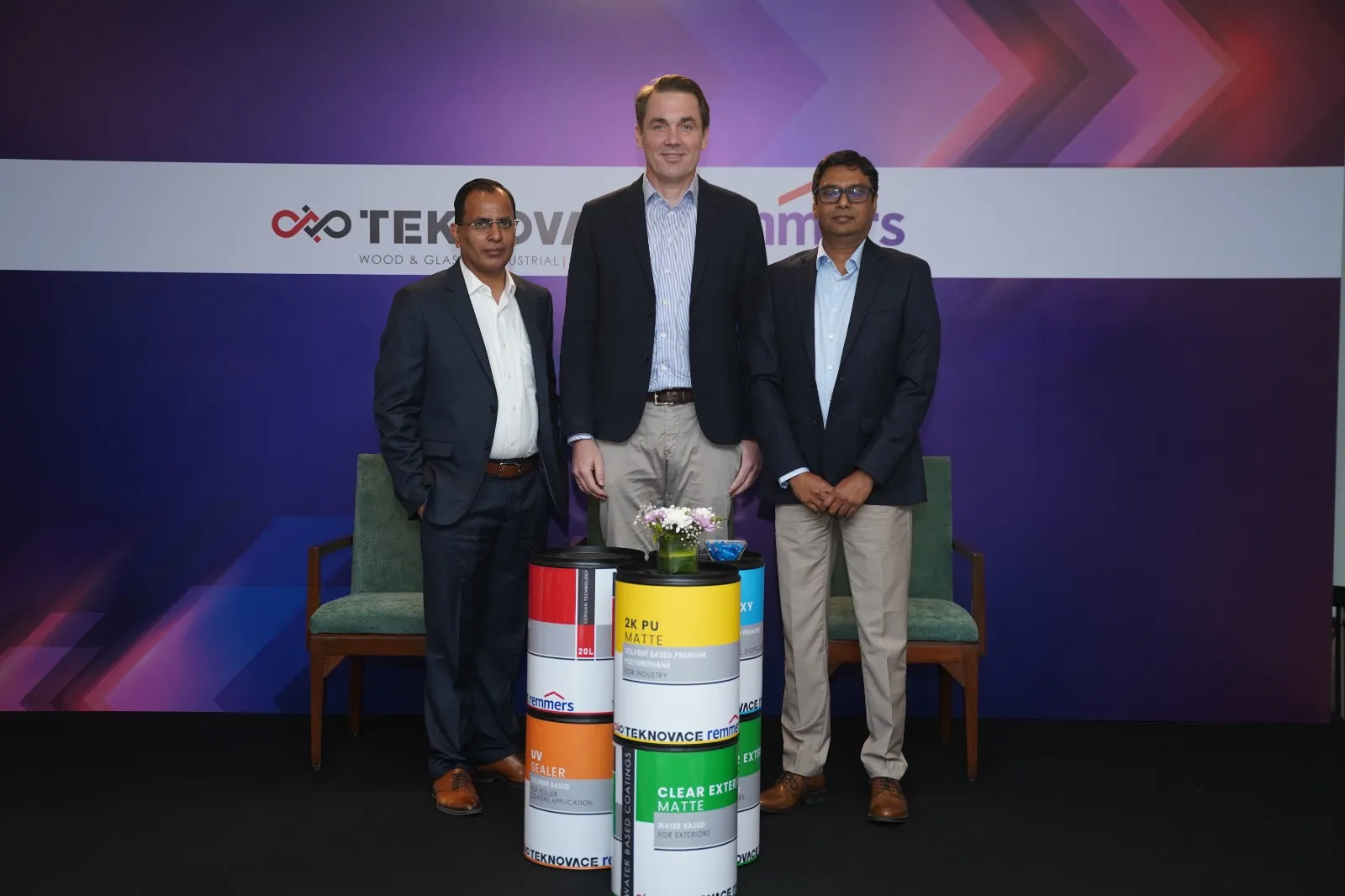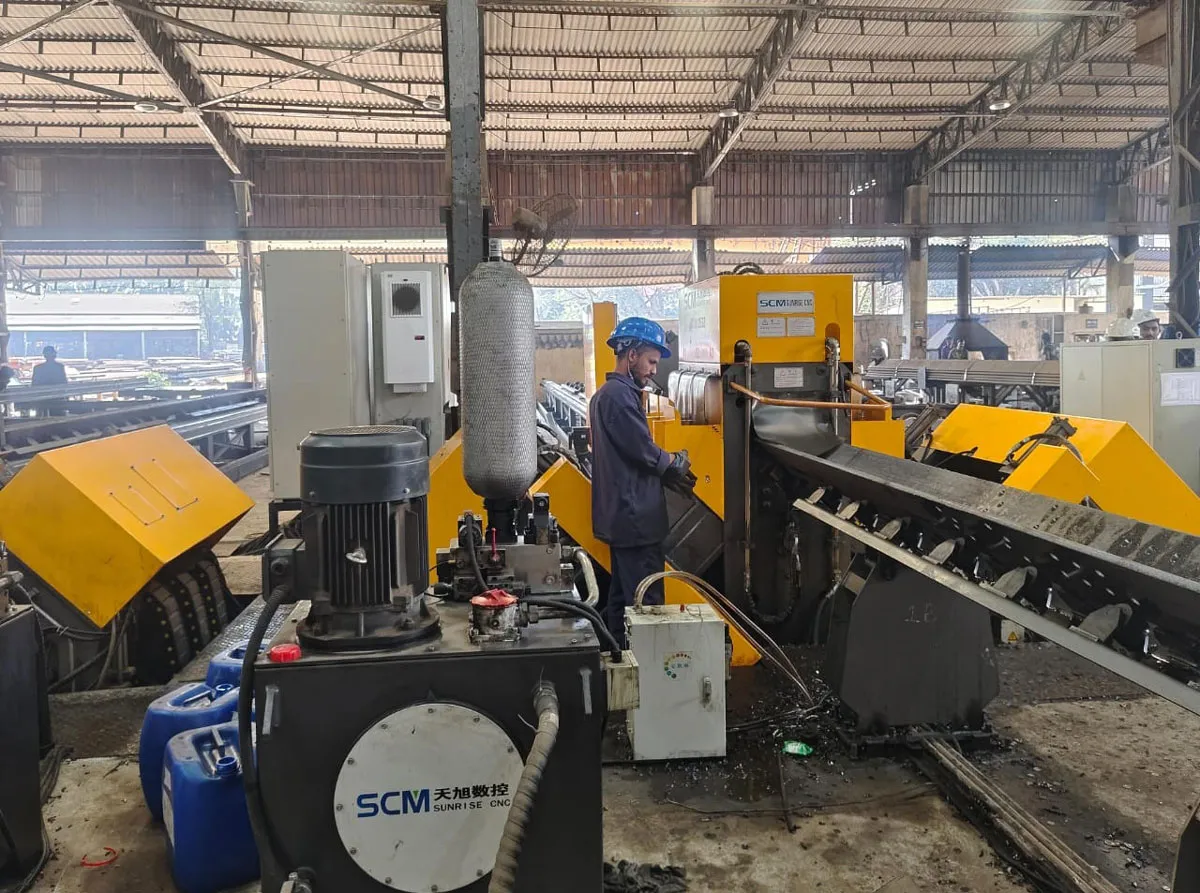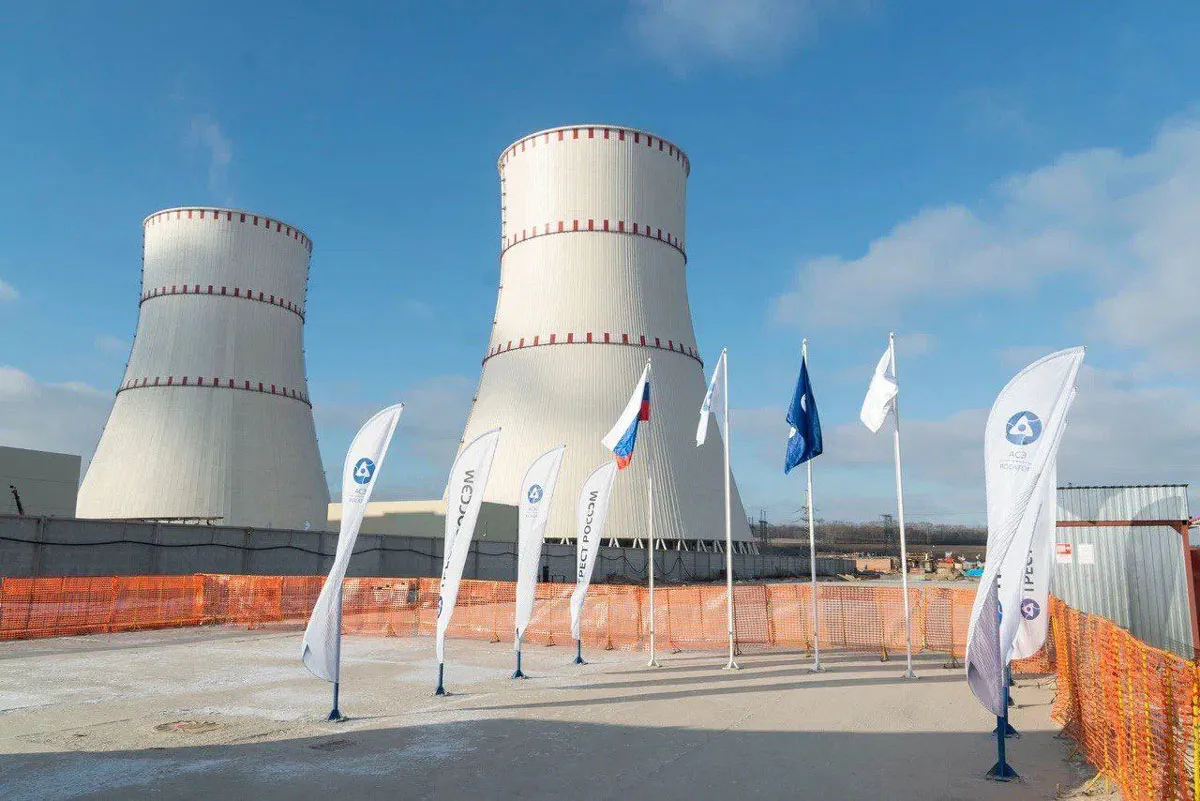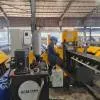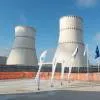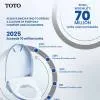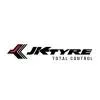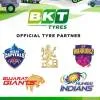With increased infrastructure development, aggregates producers have an opportunity for big business — that is, if they can keep up and maintain maximum outputs. That’s why it’s important to use the most productive tools for screening and sizing aggregates. Rather than sticking to woven wire or polyurethane media throughout the screen deck, some operation managers find they can reduce wear, lessen screen change-outs, and increase open area by choosing strategic combinations of screen media.
The difference between using one type of screen media versus the optimal blend of screen media can add up to thousands of dollars in downtime and expense in a year. Improving screening productivity starts with analyzing the operation, consulting with an expert, learning proper installation and maintenance techniques, and trying new solutions.
What’s the problem?
The first step toward selecting the best combination of screen media involves answering several questions. What material is being processed? Is the screen media reaching a suitable lifespan for the operation? And what sorts of challenges are occurring with the current screen media and at what phase of screening?
Start by considering the types of materials going through the vibrating screen. Material size, weight and abrasiveness all come into play during the screen media selection process. For example, screening gravel typically requires media with higher wearability to handle the abrasiveness, while materials with large top sizes may require more durable screens at the feed end because of the constant high impacts.
Next, look at the vibrating screen itself and complete a vibration analysis. Some analysis systems are designed to safely monitor vibrating screen performance in real time and detect irregularities before small problems lead to diminished performance or bigger issues.
Consider the three phases material goes through as it passes over the vibrating screen deck, from layered to basic to sharp. Producers can customise the screen deck by choosing screen media suitable for each phase by accounting for open area and wear life to maximise productivity.
In the layered phase, as material of all sizes hits the screen deck, the media should handle a deep bed depth, high impact and a mix of coarse and fine particles. Heavy-duty options incorporating polyurethane, rubber or metal plate excel in withstanding high top sizes and abrasion.
Material should stratify in the middle of the deck during the basic phase, and near-size and oversize particles should be at the top of the material being screened. For this stage, choose a type of media that combines maximum open area and wear life. Some manufacturers offer hybrid screen media options that pair polyurethane’s durability with open area similar to woven wire.
Virtually all undersize material should have fallen through the screen media by the time it reaches the sharp phase at the discharge end, where near-size and oversize particles should be in direct contact with the media. Woven wire or self-cleaning screen media provides maximum open area here, where any remaining undersized particles should fall through, preventing contamination of the final product.
A vibrating screen operator should also examine wearability to determine whether media in the three phases is reaching maximum potential. If screen media is being changed too often, consider switching to something more durable. It’s a good idea for producers to complete an inspection of screen media weekly. Inspect openings carefully; wear becomes apparent if the openings in engineered media begin to round. Also, make sure tensioning remains correct by checking screen tension weekly.
Next, examine discarded screen media for signs of problem areas, such as broken wires, wear areas, pegging or blinding. Many operations experience premature wear on their screen media by not choosing a blend of media that can handle heavy material along with large amounts of abrasive fines. Others use media that isn’t suited well for the operation and, as a result, have carryover or contamination because of pegging and blinding. This unwanted material in the screened pile results in the added cost and time of rescreening. Also, broken screens mean costly unscheduled change-outs. It takes about an hour to shut down a vibrating screen and change one screen media section. While an hour may not seem like a long time, the lost production to a mining operation, for example, will result in thousands of dollars off the bottom line.
All of these signs indicate there’s likely a better screen media option for at least one phase of screening, if not all three.
How to Choose?
Manufacturers create screen media out of several different types of materials, including polyurethane, rubber, perforated plate and wire.
Polyurethane leads the list for its lifespan and durability, but not all poly is created equal. Look for a polyurethane screen media manufacturer that blends their own material and pours it open cast rather than producing injection-moulded screens. The open cast process typically lasts about 1.5 to 2 times longer than injection-molded products and at a similar price. In addition, open-cast polyurethane permanently hardens when cured to maintain its chemical properties, so it resists wear and tear better than injection-molded screens. Injection-molded screens can soften when the temperature rises during screening, limiting wear life.
Some polyurethane screens achieve maximum durability with thick wire to hold up to deep bed depths, large top sizes and wide bar rail spacing. There are misconceptions that polyurethane is strictly for dry applications, whereas there are others that it is only for wet applications, but it works well in both.
Manufacturers also offer screen media that combines woven wire with engineered composite to achieve an open area closer to wire cloth but with four to seven times longer wear life — all while weighing less than woven wire.
Look for rubber screen media when screening material with a top size larger than 12 inches, or when an application requires an opening bigger than four inches. Manufacturers can create rubber screens thicker than polyurethane for improved durability. The screens also dramatically reduce noise, handle high-impact applications, and resist abrasion. In addition, look for a compression-moulded rubber versus a punched rubber, as the openings are tapered to alleviate pegging.
Consider perforated plate for heavy-duty operations that require a large amount of open area. Some manufacturers customise each plate’s thickness to a customer’s application and can create almost any size opening. To resist pegging, choose screens with tapered openings. Many perforated plates come in different abrasion-resistance levels, so be sure to choose a supplier that can match the appropriate perforated plate for the application.
Woven wire is often used to provide maximum open area at the discharge end of the screen deck. Manufacturers offer wire cloth in different thicknesses and weaves.
Self-cleaning screens excel at alleviating blinding and pegging and typically offer the most open area. Because the wires are not woven, but rather bonded to polyurethane strips, they are free to vibrate independently for faster material stratification.
Think Installation
After determining the best combination of materials, open area, and opening size and shape, think about how the screen media will be installed. If a vibrating screen has a cambered deck, switching to a modular system can cost $5,000 to $15,000. All screen media options are available in tensionable sections, allowing producers to eliminate the deck conversion expenses. This means an operator can blend polyurethane, rubber or metal plate media with woven wire cloth or self-cleaning screens for maximum screening efficiency.
Manufacturer Matters
Calling a screen media expert is a fast way to assess an operation and find the most effective screen media blend for an operation’s specific needs. Look for a company that offers certified technicians with years of experience in vibrating screen media selection and maintenance. Some manufacturers not only offer consultations to help an operation find the best combination of screen media but also provide on-site training to make sure the entire team knows how to properly install it to maximise wear life.
Ask the manufacturer to do a vibration analysis before and after installing the engineered screen media to ensure everything runs correctly.
A manufacturer should also provide ongoing support. Find a company that follows up to make sure the screen media works well once in use. Some companies employ service technicians who can be on-site within 24 hours to find, diagnose and fix problems.
Lastly, choose a manufacturer with a long history of customer satisfaction, great service and pride in its work. A partnership with a company with integrity will save time and money while the best combination of screen media will go far in helping improve profits and reduce maintenance headaches.
If unscheduled change-outs or contamination issues eat into profits, it’s time to consider a new screen media combination. Choosing a variety of screen types, rather than just one, that’s suited to an application can increase productivity, lessen downtime and improve ROI.
ABOUT THE AUTHOR:
The article is authored by Steve Fair, Tyler engineered media manager, Haver & Boecker Niagara.
